|
Project Type and Supervisor
|
Project title and brief description
(Click title for
details)
|
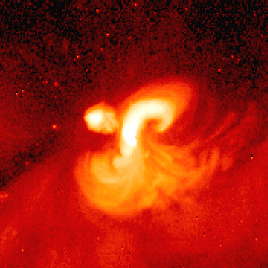
|
Data analysis with
Richard
Canfield
and
Loren Acton
|
Erupting Coronal Sigmoids
What physical processes lead to solar eruptions? Coronal Sigmoids --
sinuous structures seen in X-ray solar images as bright transient S or
inverse-S shapes -- herald solar eruptions (Coronal Mass Ejections). In
this project, the student will analyze X-ray spacecraft observations of
erupting sigmoids that will help distinguish between physical
mechanisms.
|
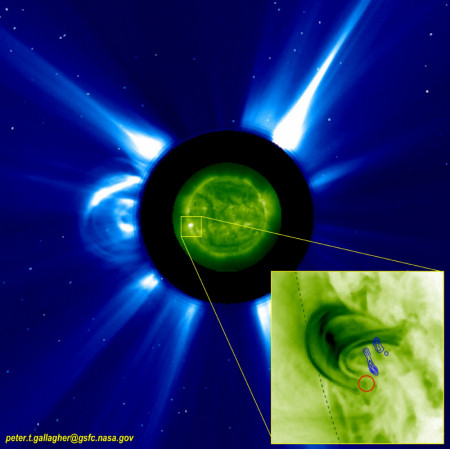
|
Data analysis with
Angela Des
Jardins
and
Richard
Canfield
|
Solar Flare Spectroscopy
How do we predict a solar flare? Most solar
physicists agree that a process called "magnetic reconnection"
plays a significant role in the initiation and evolution of a flare.
The goal of this project is to understand what a flare's spectra can
tell us about reconnection
with respect to the sun's magnetic field.
|
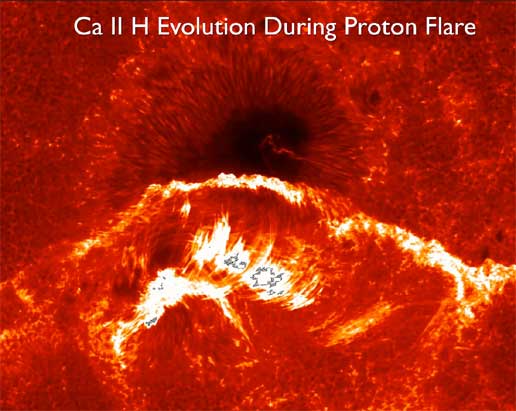
|
Data analysis with
Angela Des
Jardins
and
Richard
Canfield
|
The Magnetic Nature of the December 13, 2006 Solar Flare
The December 13, 2006 flare, caused 1/2 of the sun-side
GPS satellites to temporarily cease opperations. The student will
analyze observations of this flare
to learn about how X-rays are produced in solar flares and how
X-ray images and magnetic topology can help us understand flare
initiation and evolution. |
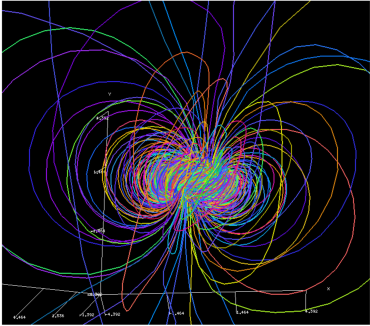
|
Numerical modeling with
Charles
Kankelborg
|
Numerical Modeling of the Magnetic Solar Atmosphere
The Sun stores energy in magnetic fields, often releasing that energy
in spectacular ways. The student will learn about equilibria and
instabilities in magnetized plasmas, numerical modeling techniques and
visualization of 3D numerical data.
|
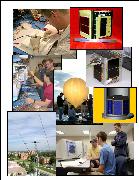
|
Hardware development with
David
Klumpar
|
Space Hardware Development: Space Flight Systems
The student(s) will develop spaceflight hardware through design,
development, and testing as a member of an interdisciplinary project
student team.
|
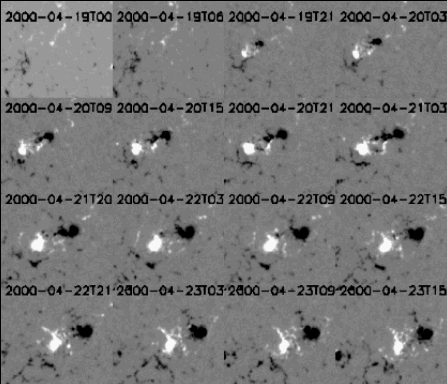
|
Data analysis and theory with
Dana
Longcope
|
The
Emergence of Solar Magnetic Fields
The Sun's magnetic field floats to the surface in the form of
concentrated, slender tubes. In this project the student will study the
time evolution of several magnetic quantities in a large number of
emergences to answer questions like: what is the shape of the tube
before it reaches the surface?
|
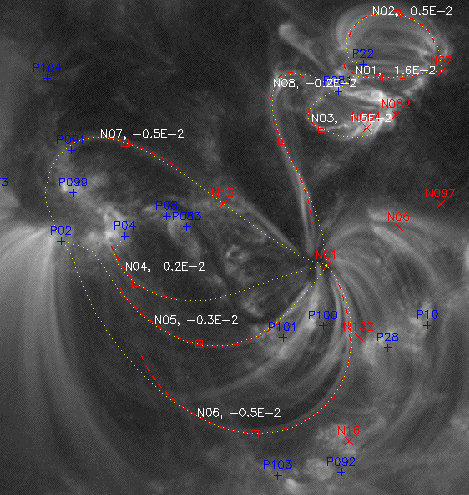
|
Data analysis with
Anna Malanushenko
and
Dana
Longcope
|
Using
X-rays to Measure Electric Currents
The sun's corona consists of many thin strands called loops, which are
believed to trace out a few of the magnetic field lines. The student in
this project will utilize a method to trace coronal loops observed by
spacecrafts, compare them with magnetic field lines, and estimate the
electric currents in the corona. |
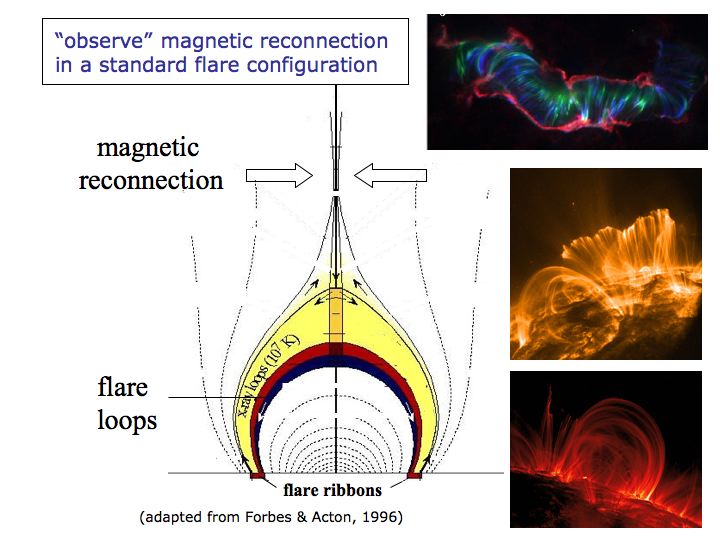
|
Data analysis with
Jiong
Qiu
and
Maria
Kazachenko
|
Magnetic
Reconnection in Solar Eruptive Events
Flares are spectacular manifestations of explosive energy release
in the Sun's atmosphere. It is understood that the energy to fuel
flares is provided by the Sun's magnetic fields, most probably
through a physical process called magnetic reconnection.
In this project, we will
search for better understanding of the relationship between
magnetic reconnection and large-scale eruptions.
|

|
UV instrumentation with
Charles
Kankelborg
|
Ultraviolet
Instruments for Observing
the Sun from Space
Access to space has made it possible to observe the Sun in short
wavelengths, from deep ultraviolet to hard x-rays. This project will
give the student hands-on experience with ultraviolet instruments for
space based solar observing.
|
 |
| |
|







